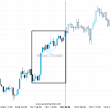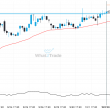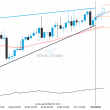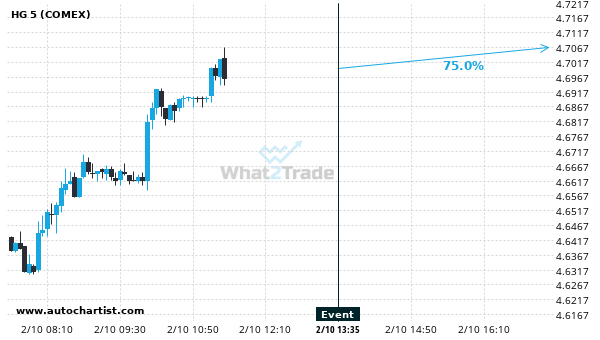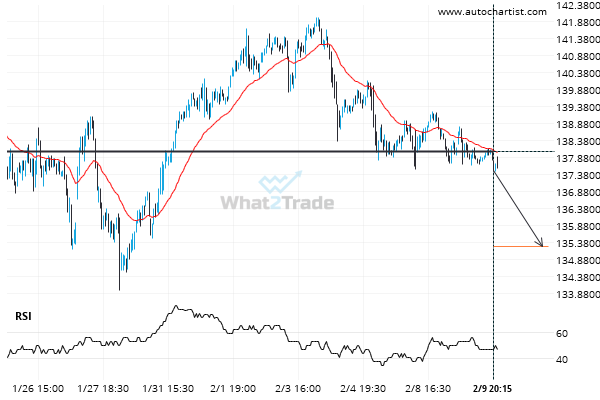A major concern for newer traders is finding which indicator works best for their trading style. A further consideration is whether their chosen indicator can be applied to beginner, intermediate and advanced trading categories as the trader gains experience.
Personally, I don’t find it useful to think of indicators as being in categories, or this one is the best, and that one is the worst. Instead, I would suggest that you familiarize yourself with all of the major indicators and then settle on the one or two that you find make the most sense to you.
Indicator preference is an exceptionally personal choice. Many find someone else’s “ideal” indicator may not appeal to them at all, and that is fine; there is no correct answer. For example, my favourite indicators are the 200 SMA, Donchian Channels and Slow Stochastics. But these are certainly not best for all traders.
The best approach is to use the one(s) that you understand, feel comfortable using and assist you in putting pips in your account on a regular basis. After all, pip accumulation is the final arbiter when it comes to evaluating the success of one’s trading.
The Indicator Evaluation Process
When deciding which indicator works best for you, it can be helpful to go through an evaluation process. During this evaluation process, I recommend putting only one indicator at a time on your chart.
This will make the chart less cluttered and bring more clarity as you compare one indicator to another. Moreover, it will be easier for you to evaluate the indicators individually instead of attempting to evaluate them en masse.
When you finally decide which indicators suit you best and begin using them as part of your trade analysis, remember to consult the price chart first and the indicator second. I also recommend you keep to a maximum of two indicators, to keep your chart uncluttered.
Price is indicator #1
You want to focus on taking trades in the direction of the Daily trend. After all, the trend is the deciding factor in whether or not you will be buying or selling the pair.
Then, after that decision has been made, we check the indicator. We are looking to see when the indicator will provide us with an entry signal that is in the direction of the longer-term trend.
However, you should not simply focus on the indicator to determine whether you buy or sell the pair. If you do that, you will find that you will be entering trades that have a lower probability of success – those that are against the trend – and you will be chasing the market.
If you are still unsure of which indicator is best for you, remember: the indicator does not know the direction of the trend, but the price chart does. The price chart is where your analysis should begin.

